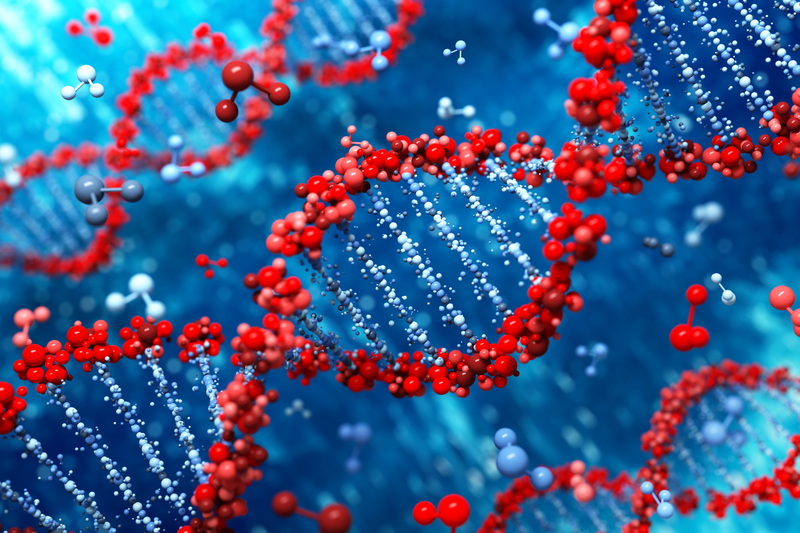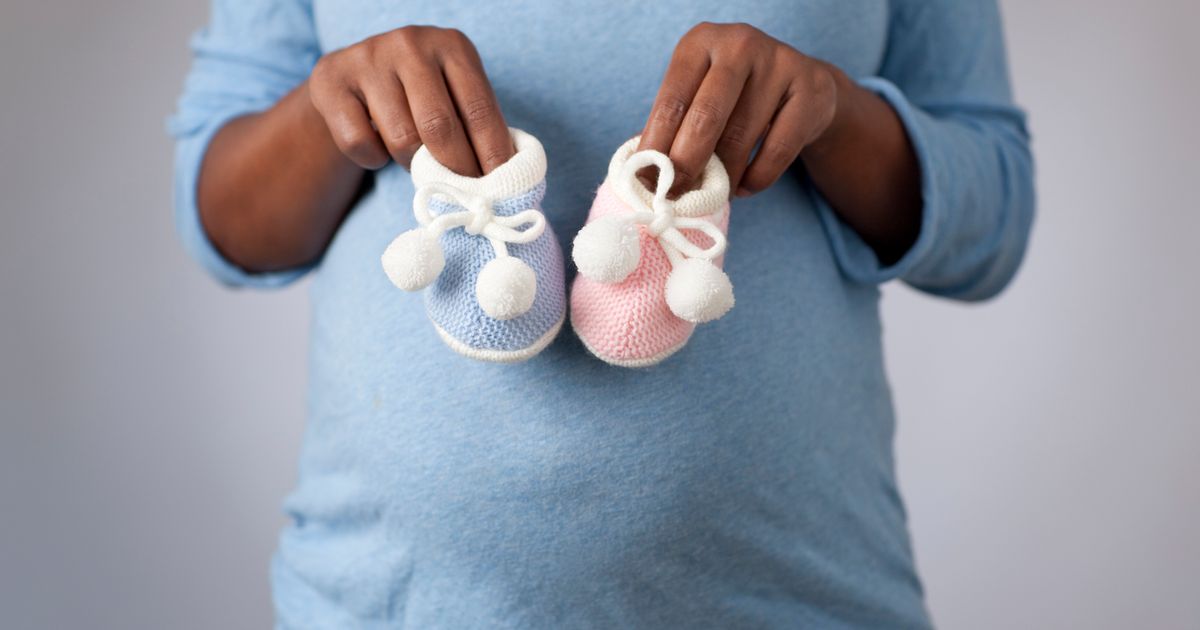Causes & Risk Factors Of Fraser Syndrome
Fraser syndrome is a rare genetic disorder. Children born with this gene mutation have webbed or fused fingers and fused eyelids that render them blind. They also have abnormalities of the kidneys, including underdeveloped kidneys that can be unusually small or even absent. The child may lack one or both kidneys. They also have abnormalities of the genitals including undescended testicles, abnormal urinary openings, deformed fallopian tubes, or a bicornate uterus, which means the uterus, instead of being pear-shaped, has two horns. The vaginal labia may also be fused. Doctors diagnose Fraser syndrome through a medical exam, a medical history of the family, and by imagining tests such as computerized tomography (CT) scans. Get to know the causes and risk factors of Fraser syndrome now.
Gene Mutation

Fraser syndrome is an autosomal recessive genetic disease. In an autosomal recessive pattern, the baby inherits the gene mutation from both of their parents. One of the genes is called 4q21, or FRAS1, and is found on the 21 band on the long arm, or 'q' of chromosome 21. Some genetic experts claim 4q21 has to be accompanied by mutated GRIP1 and FREM2 genes to result in Fraser syndrome. The FRAS1 gene works with the FREM2 gene to code for proteins. They help the internal organs and skin develop properly. The GRIP1 gene helps the body make a protein that helps the proteins of the other two genes enter the developing cells and help them grow at the right pace and in the correct places. The mutations in these three genes are believed to cause the severe abnormalities of Fraser syndrome. Some geneticists believe even more genes than these three need to be mutated for the child to be born with the disorder.
Continue reading for more on the causes and risk factors of Fraser syndrome.
Autosomal Recessive Pattern

If the baby had only received one abnormal gene, they would have been carriers of Fraser syndrome but would not have the condition itself. Because of the autosomal recessive pattern, the risk of two parents with the mutated gene having a child with Fraser syndrome is about twenty-five percent per pregnancy. The chances for these parents, who are carriers, to have a child without Fraser syndrome is also twenty-five percent, while the risk of having a child who is a carrier is fifty percent per pregnancy. Carriers do not have symptoms of Fraser syndrome, and unless they are genetically tested, they will not know they have the mutated genes either.
Continue reading to learn about some of the statistics with regards to risk factors of Fraser syndrome now.
Condition Statistics

Condition statistics claim both boys and girls are equally at risk of being born with Fraser syndrome. There are about 250 cases of Fraser syndrome in the world, and in Europe, it is seen in one out of 500 thousand births, including babies who die at birth or before birth. Geneticists believe every human has mutated genes, and they do not know the risk factors that would cause gene mutations that lead to Fraser syndrome. However, they have seen parents who are closely related have a higher risk of passing the mutated genes down to their offspring.
Keep on reading to learn more about what populations Fraser syndrome affects now.
Affected Populations

Interestingly, Fraser syndrome is mostly seen in babies of the Roma people, who are also known as gypsies. These are individuals found in the eastern and southern parts of Europe. Some even live in America. They are believed to have originated on the Indian subcontinent and left many centuries to go to find work in the Middle East, and from there, they migrated into Europe. Traditional Roma individuals are expected to marry within their tribe. Because of this, the husband and wife might be close relatives, which puts them at greater risk for having a child who may contract Fraser syndrome and other autosomal recessive genetic diseases.
Continue reading for more on Fraser syndrome now.
Prognosis

The prognosis of Fraser syndrome depends on how severe the abnormalities are. As of 2018, forty percent of babies who have Fraser syndrome die before or shortly after they are born. On the other hand, some individuals go on to live a normal life span, and there is at least one person who lived to a great age, was of normal intelligence and led a full life. There is no treatment for the disease, though some physical abnormalities may be corrected through surgery. Genetic counseling is available for the parents, and there are modalities that support the patient and make them comfortable for as long as they live.